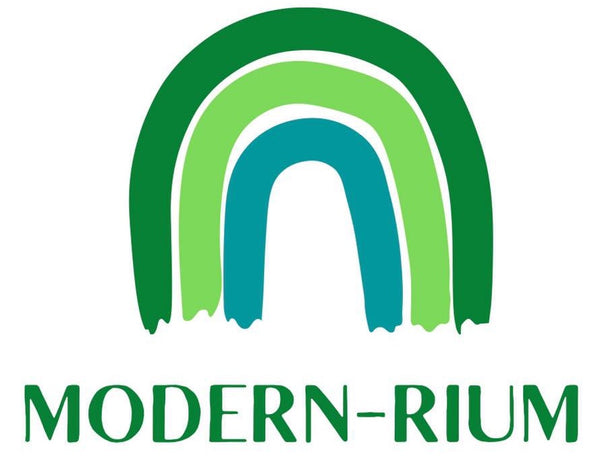
💡 Lighting Your Terrarium: Natural vs. Artificial Solutions
Danny PhamShare
Lighting is one of the most important—and often misunderstood—aspects of terrarium care. Whether you're nurturing a lush tropical jungle or a minimalist moss dome, understanding how light affects your plants is essential for keeping your miniature ecosystem healthy, vibrant, and thriving.
In this post, we’ll compare natural vs. artificial lighting, outline which plants need what kind of light, and help you choose the best solution for your space and terrarium style.
🌞 Natural Light: The Original Source of Growth
Terrarium plants—especially ferns, mosses, and tropicals—originate from the forest floor, where they thrive in dappled, indirect sunlight. Mimicking this condition is key to their success.
✅ Benefits:
-
Energy-efficient (it’s free!)
-
Natural day-night cycles promote healthy growth
-
Gentle light promotes vibrant leaf color and compact shape
⚠️ Risks:
-
Direct sunlight on closed terrariums can cause overheating and “greenhouse effect”
-
Sunlight intensity is inconsistent in winter or shaded rooms
-
Glass may magnify rays, leading to scorched leaves or mold
✅ Best Practice:
Place terrariums near east or north-facing windows, where they receive bright but indirect light for a few hours per day. You can diffuse harsh light with a sheer curtain or shade cloth.
💡 Artificial Light: A Reliable Alternative (or Addition)
If your terrarium is in a low-light room, office, or you're growing light-loving species like Fittonia or tropical ferns, artificial grow lights are a powerful tool.
💡 Recommended Light Types:
-
Full-Spectrum LED Grow Lights
Mimic sunlight and support all stages of plant growth with minimal heat output. -
Fluorescent (T5/T8) Lights
A cost-effective option, but larger setups may need additional fixtures. -
Clip-on or Gooseneck Lamps
Great for desk setups—adjustable, space-saving, and versatile.
🕒 How Long Should You Light Your Terrarium?
Most terrariums do best with 8 to 12 hours of light per day.
🌘 Tip: Use a timer to maintain a consistent schedule and simulate a natural day-night rhythm. Avoid 24/7 lighting—it can confuse your plants and promote algae growth.
🪴 Signs Your Terrarium Isn’t Getting Enough Light
Watch for:
-
Leggy growth (tall, spindly stems)
-
Pale or yellowing leaves
-
Slow or stunted growth
-
Closed moss tips (especially in dense moss carpets)
Conversely, too much light can cause:
-
Leaf scorching or bleaching
-
Dry, crispy edges
-
Mold from excess heat or condensation
🌿 Which Plants Need What?
| Plant Type | Preferred Light Type |
|---|---|
| Moss | Low to medium indirect light or low LED grow light |
| Ferns | Bright indirect or full-spectrum light |
| Fittonia | Medium to bright indirect, artificial grow lights ideal |
| Peperomia | Medium light; filtered sunlight or LED |
| Succulents (open terrariums only) | Bright direct sunlight or strong artificial light |
🛠️ Lighting Setup Tips
-
Keep grow lights 10–20 cm above your terrarium to avoid overheating
-
For closed terrariums, use cool, low-heat LEDs to avoid excess condensation
-
Combine natural light and artificial light if needed—balance is key
🌟 Final Thoughts
Whether you’re basking in sunlight or shining a grow light, the key is consistency and moderation. Natural light can work wonders in the right setting, but artificial solutions give you full control—ideal for both beginners and seasoned terrarium keepers.
The best lighting depends on your space, your plants, and your style. Either way, a well-lit terrarium becomes a glowing piece of living art.
🛒 Looking for the right light?
Modernrium stocks plant-friendly LED grow lights, timers, and lighting kits designed specifically for terrariums and paludariums. Explore our shop or message us for a custom setup recommendation!
 is here! Shop now, pay later in 4 easy installments
is here! Shop now, pay later in 4 easy installments











